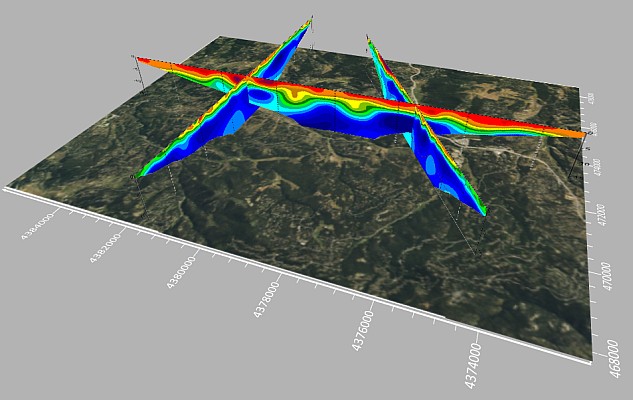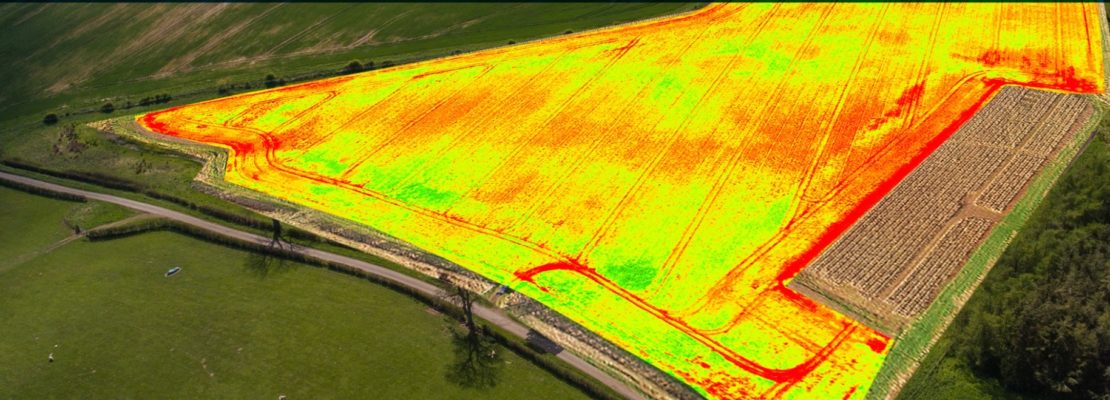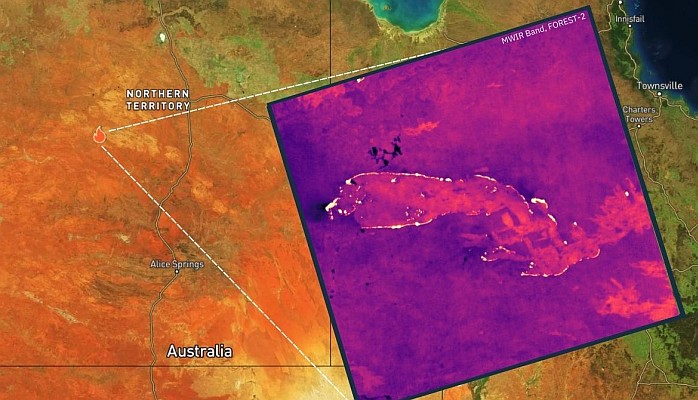 The Open Geospatial Consortium (OGC®) membership has approved the Open Modelling Interface Standard Version 2 (OpenMI) as an OGC standard. This standard defines a means by which independently developed computer models of environmental processes, or indeed any processes, can exchange data as they run and hence facilitates the modelling of interacting processes.
The Open Geospatial Consortium (OGC®) membership has approved the Open Modelling Interface Standard Version 2 (OpenMI) as an OGC standard. This standard defines a means by which independently developed computer models of environmental processes, or indeed any processes, can exchange data as they run and hence facilitates the modelling of interacting processes.
The original driver for the OpenMI was the European Water Framework Directive and the requirement for an integrated approach to water management. It was foreseen that implementing the Directive would be very challenging and that there would be a need to provide help, in the form of decision support systems (DSS), to environmental managers. As Earth systems are complex and interrelated, these DSS would need to bring together many models in order to better understand and predict the environmental impacts of events and policies. To make it feasible to link together models of different processes from different suppliers and hence simulate process interaction, the European Commission therefore co-funded the research and development of a generic model interface, the outcome of which is the OpenMI.
Roger Moore, chairman of the OpenMI Association, said, “The OpenMI Association sees huge opportunities ahead for many stakeholder groups if the linking of models of different processes as they run can be made simple and reliable. Our immediate goal is to facilitate the integrated modelling needed to understand Earth system processes and hence help scientists, policy makers and managers find sustainable solutions to environmental challenges. By publishing the OpenMI as an adopted OGC standard, we seek to make the OpenMI standard available and accessible to the worldwide modelling community.”
Environmental modelling is not the only application of integrated modelling. For example, a possible shorter term application will simply be in enabling developers to convert their existing large, and often unmanageable applications, into sets of linkable components. This could change the modelling market from one for complete systems into one for components and services. It could make it much easier for products to be brought to market, widen participation and dramatically drive up the rate of innovation.
The standard can be viewed and downloaded at http://www.opengeospatial.org/standards/openmi. More information is available on the OpenMI website at www.openmi.org.
“Progress toward a sustainable future depends on our improved understanding of Earth systems and our collective ability to act from the local to global levels,” said Mark Reichardt, President and CEO of the OGC. “This partnership with OpenMI enables our organizations to work more closely to assure that open standards-based modelling capabilities can be seamlessly and rapidly integrated into processing environments.”
The OpenMI Association is an entirely open not-for-profit international group of organizations and people dedicated to taking the OpenMI (Open Modelling Interface) forward into the future. Its primary objectives are to develop, maintain and promote the OpenMI and integrated modelling. Learn more about the OpenMI Association at http://www.openmi.org.
The OGC is an international consortium of more than 475 companies, government agencies, research organizations, and universities participating in a consensus process to develop publicly available geospatial standards. OGC standards support interoperable solutions that “geo-enable” the Web, wireless and location-based services, sensors and mainstream IT. OGC standards empower technology developers to make geospatial information and services accessible and useful with any application that needs to be geospatially enabled. Visit the OGC website at http://www.opengeospatial.org/contact.
Source: OpenGeospatial






